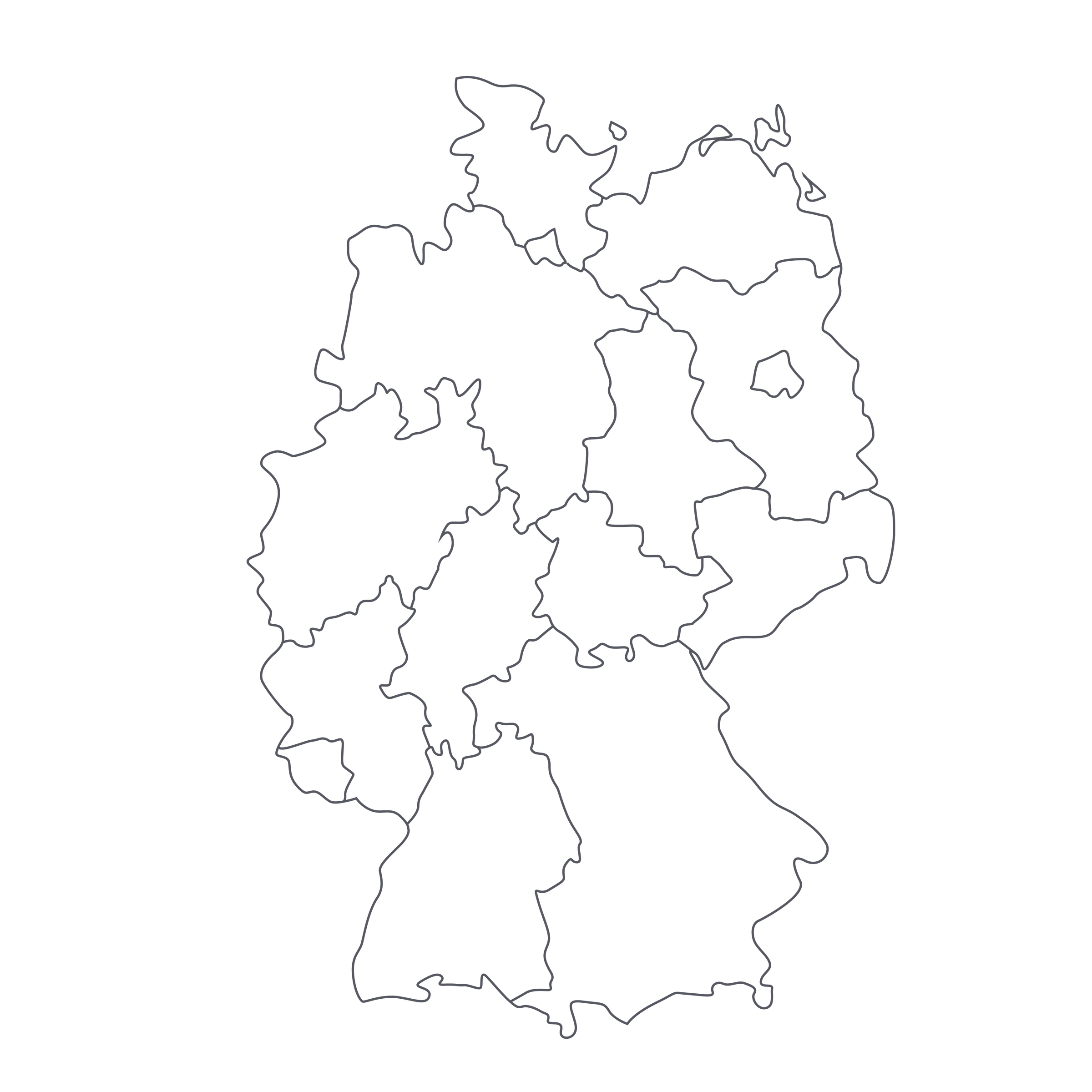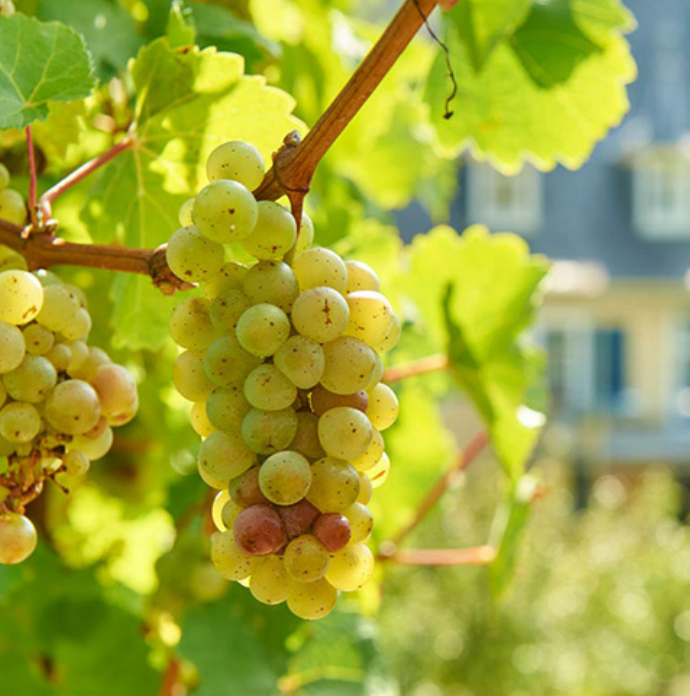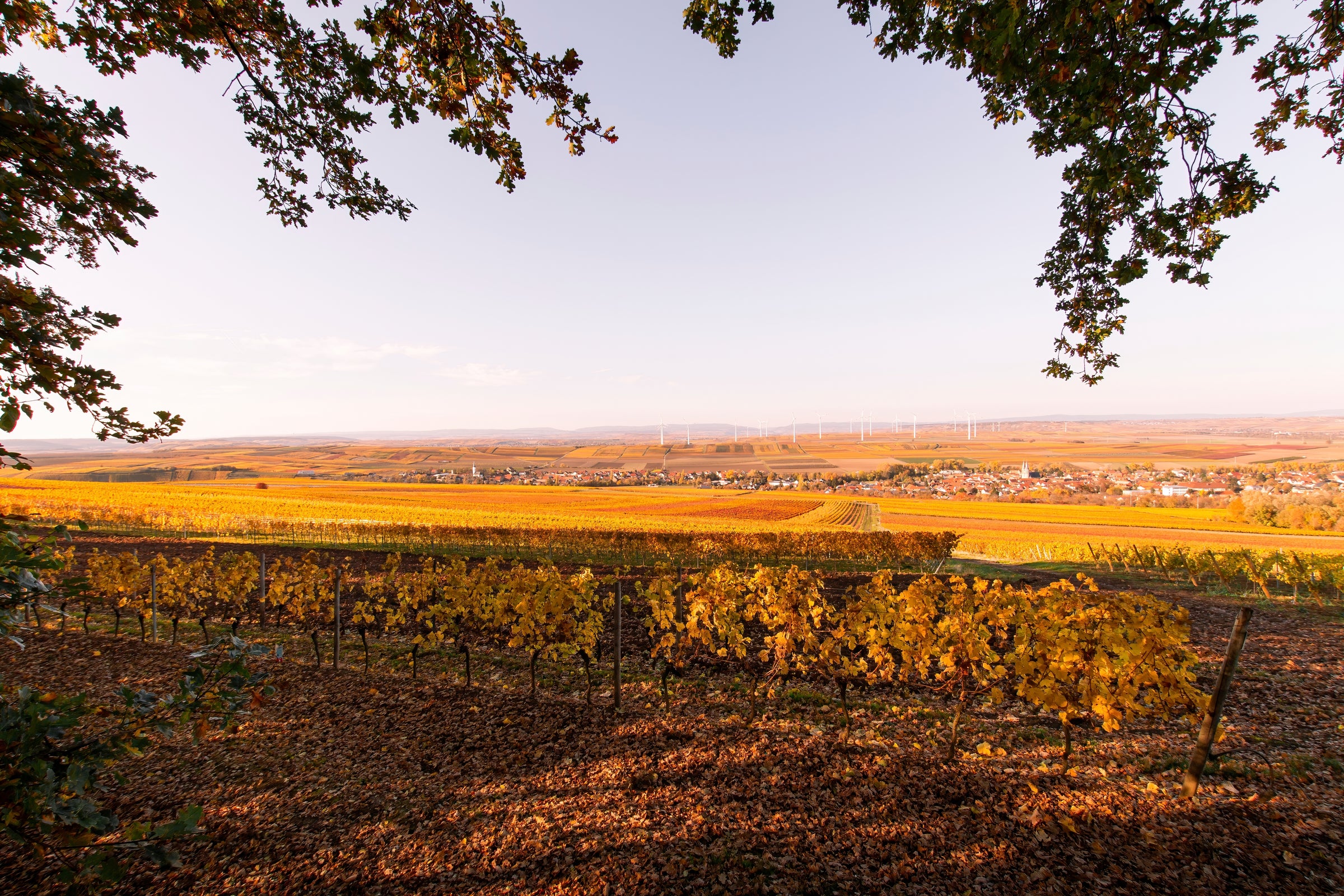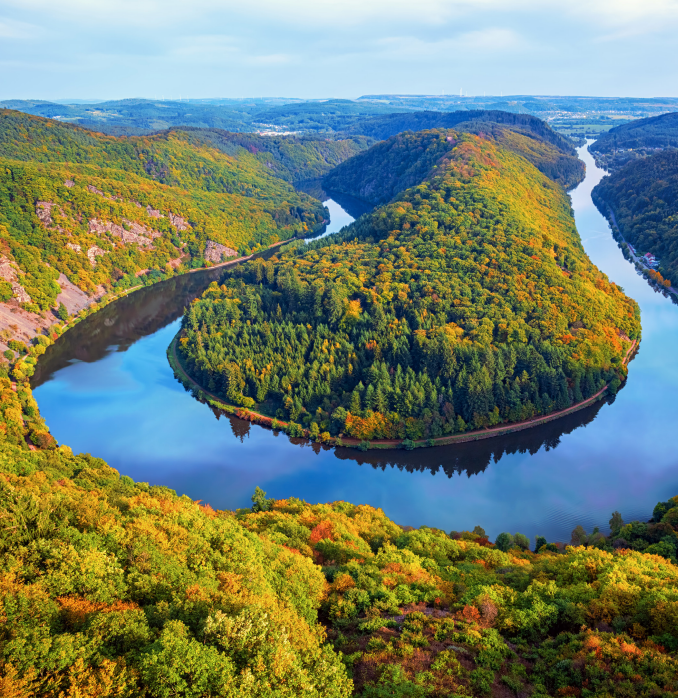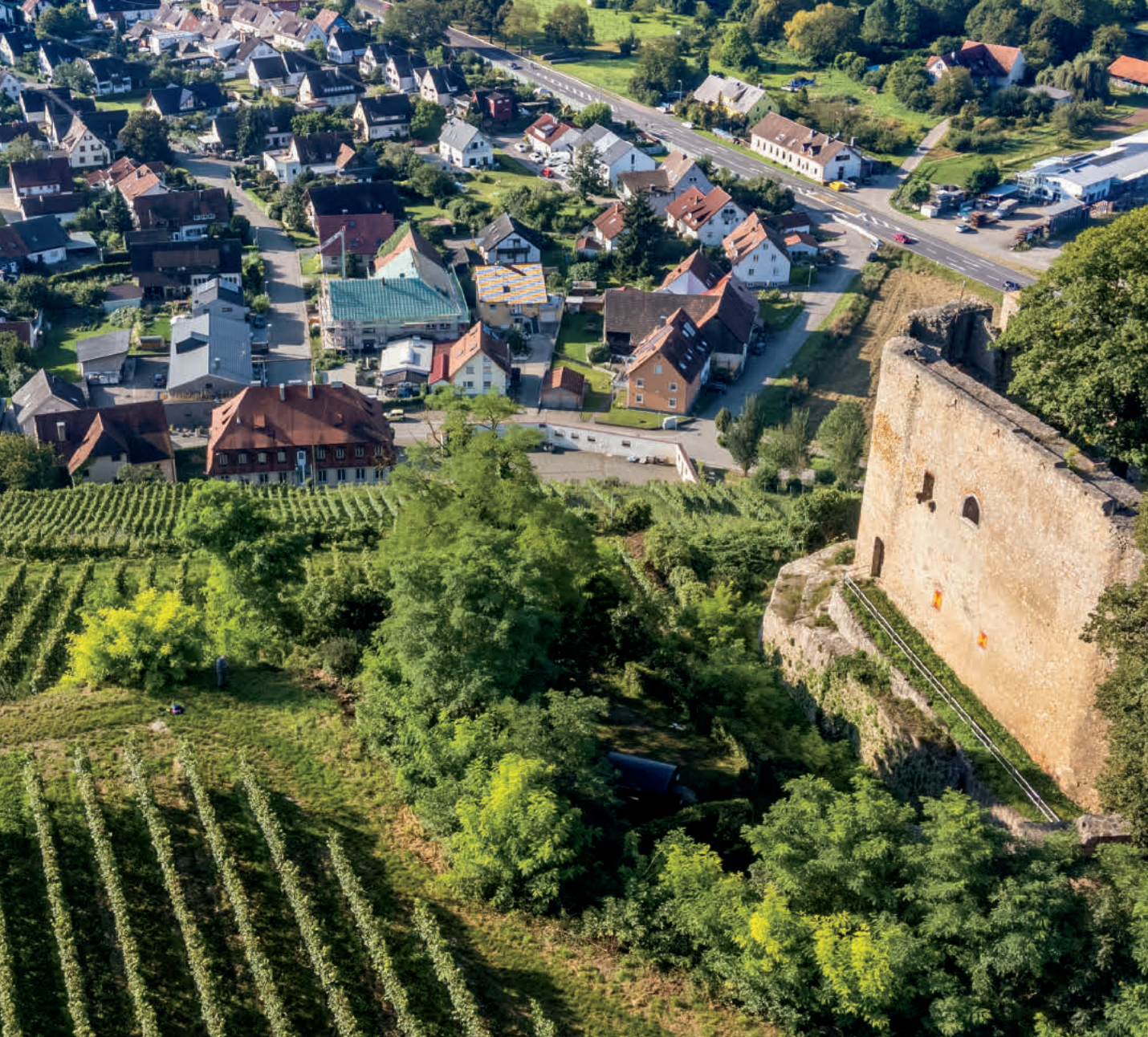[Once per month, fine-dining pro and Master Sommelier Vincent Morrow makes a guest appearance on SommSelect to feature one of his favorite wines of the moment. Vincent has worked at iconic restaurants across the spectrum—you’ll currently find him at Press in the Napa Valley—so when he speaks, we listen!]
There is no substitute for experience or history, and the Karthäuserhof estate has plenty of both. Their website proudly displays “The cradle of world-famous Rieslings since 1335” front and center, and it’s absolutely true: Karthäuserhof, or “Farm of the Carthusians,” traces its history back to Roman times, and is a reference to the Carthusian monks who owned it until 1811.
Today’s Kabinett, from the family’s prized monopole of Karthäuserhofberg, is a pure and transparent snapshot of Riesling’s most profound terroir: hillside vines clinging to slate. This 2016 greets the palate with a slight touch of residual sugar that is then swiftly cleansed by bright acidity and a vibrant fusion of fleshy fruit and pulverized minerality. There is no debate: Karthauserhof humbly crafts some of the world’s greatest Rieslings and today’s 2016 Kabinett is a singular expression of vintage and place. Plus, you can drink it for years to come, as it will continue gaining more depth and savoriness at years 10, 15, and beyond!
Until recently, the Mosel region of Germany was known by the name “Mosel-Saar-Ruwer,” to acknowledge the two tributaries that join the Mosel. The majesty of this region’s beauty is truly awe-inspiring: Near-vertical vineyards ascend from the gleaming sliver of winding water at dizzying heights that make you wonder how mother nature could conjure something so severe yet lovely—then, the mind is struck by the daunting task that makes viticulture in this surreal place possible.
The historic, 14th-century Karthäuserhofberg, a monopole (sole ownership) vineyard in the village of Eitelsbach, is one of those awe-inspiring sites. Perched over the Ruwer River and split into five distinct plots, this ancient vineyard enjoys south & southwest-facing slopes, promoting optimum ripeness each vintage. The river proximity is vital here, protecting nearby vineyards from harsh nighttime temperatures and reflecting sunlight to vines during the day. These slopes are also primarily made up of iron-rich slate (“Eitelsbach” derives from the German word “Eisen,” or iron), resulting in extraordinary wines chock-full of minerality and fresh acidity.
The 2016 Karthäuserhofberg Kabinett is Riesling in its purest form. In the glass, it’s visually brilliant, reflecting a watery straw core shining outward to a green rim. The nose is subtle yet distinctive with a classic combination of quince, green citrus, petrol, and delicate white flowers. On the palate, it’s all about tension: this Kabinett has just enough sugar to brace for the swift rush of acid. During its course to a crystalline finish, the wine explodes with flavors of starfruit, lime panna cotta, and a touch of honey, a gentle nod to its five years of age. Open this beauty 10-15 minutes prior to enjoyment and serve at 45 degrees Fahrenheit in your favorite all-purpose stem (a Zalto All-Purpose or Riedel Riesling stem would be my personal choice). Summer seems to be setting in early, so pair this alongside a summer greens salad with strawberries, rhubarb, and fresh goat cheese. I’ve been very fortunate in my sommelier career to have tasted these wines with decades of age. Despite the fact that this is drinking wonderfully now, buy a few cases and open one every few months. With proper storage, these wines will continue to provide thrills and chills for many years to come!
